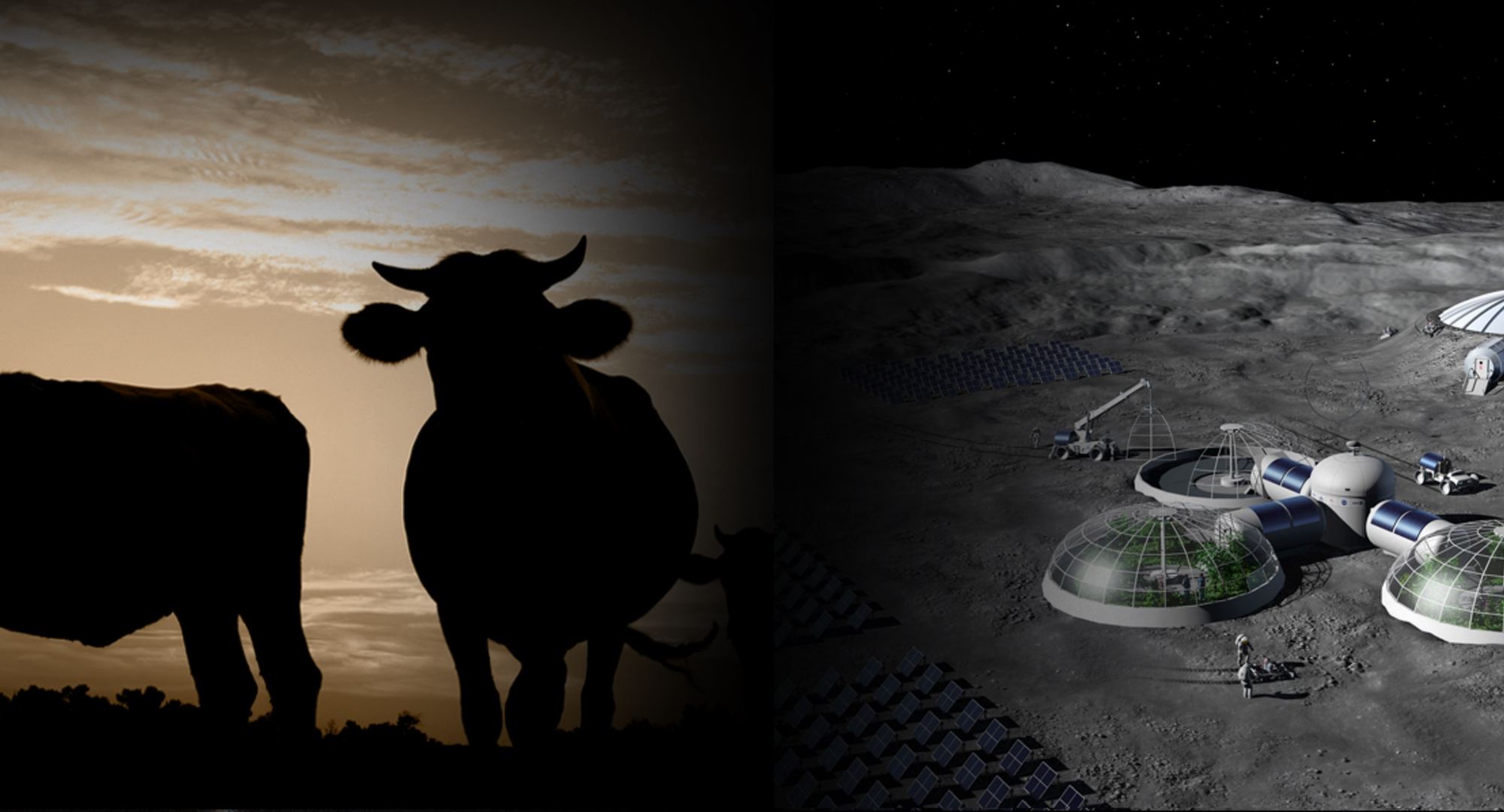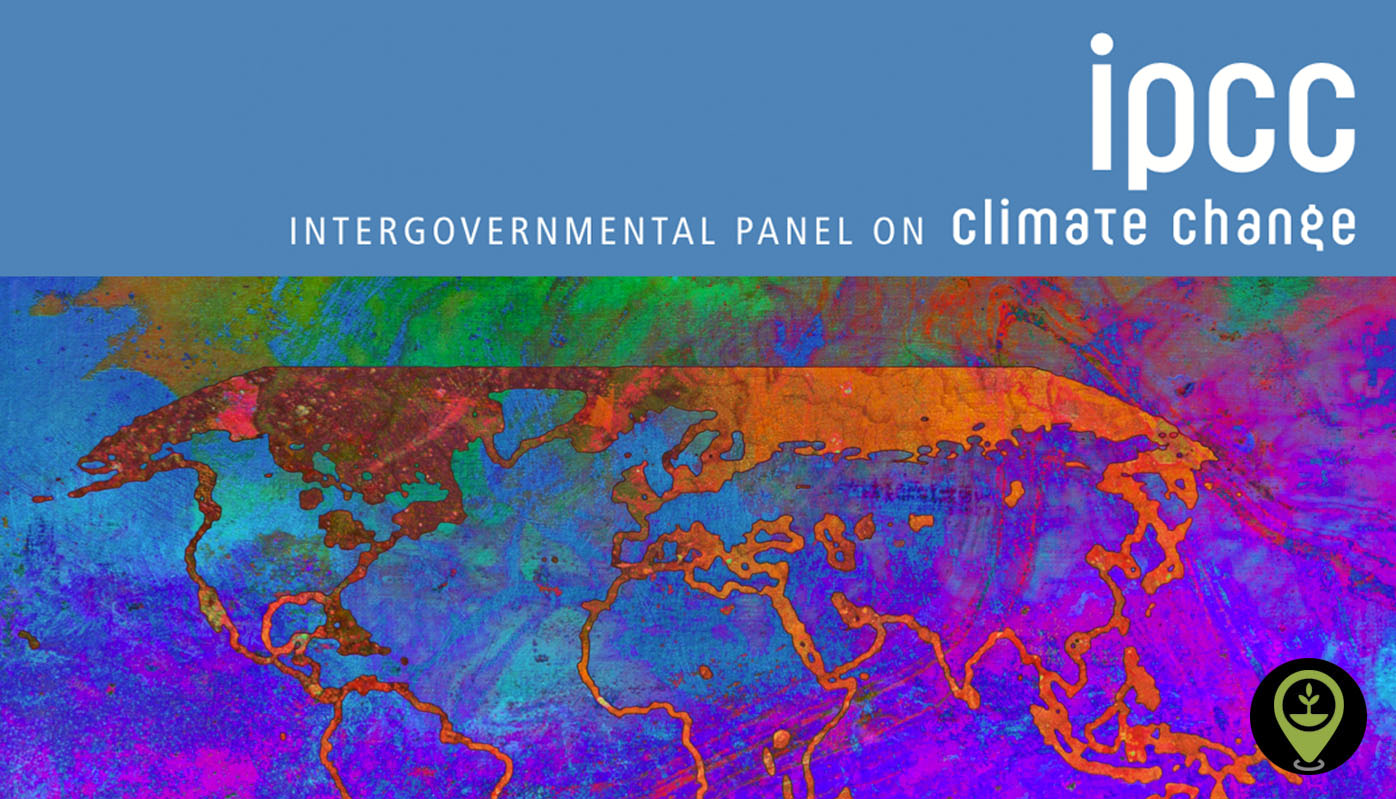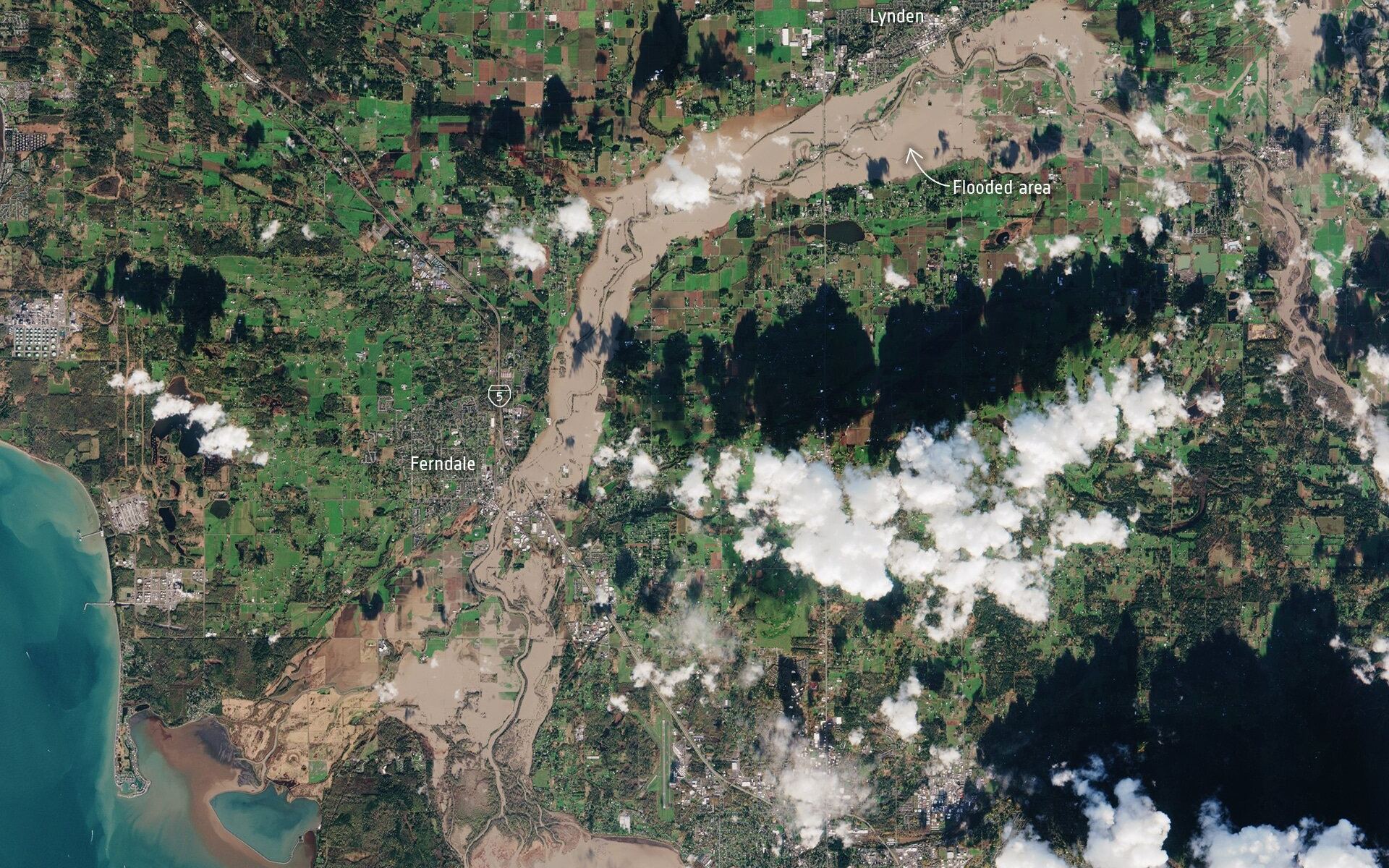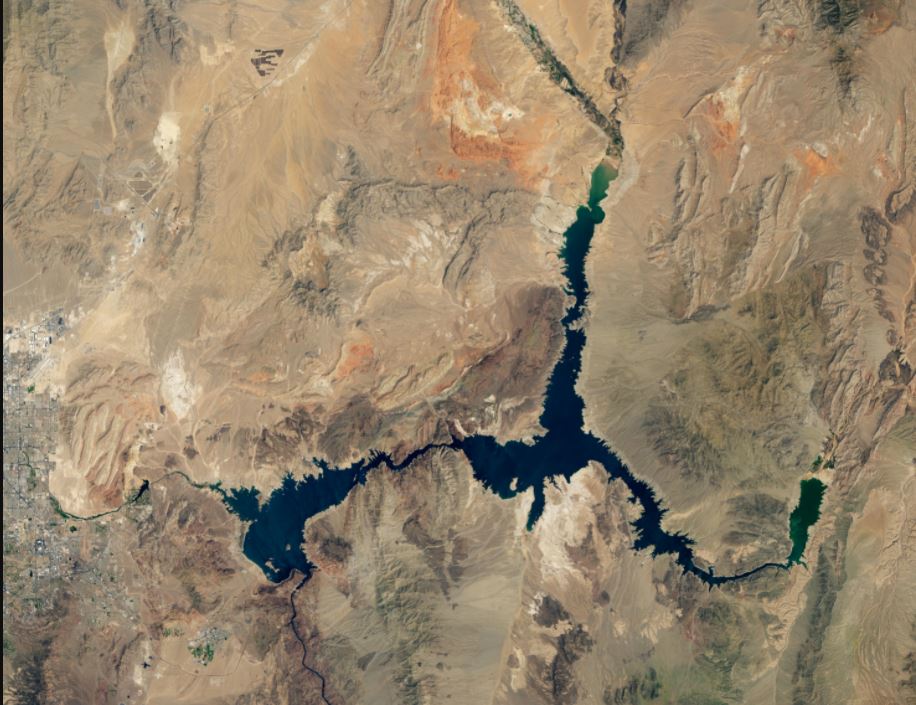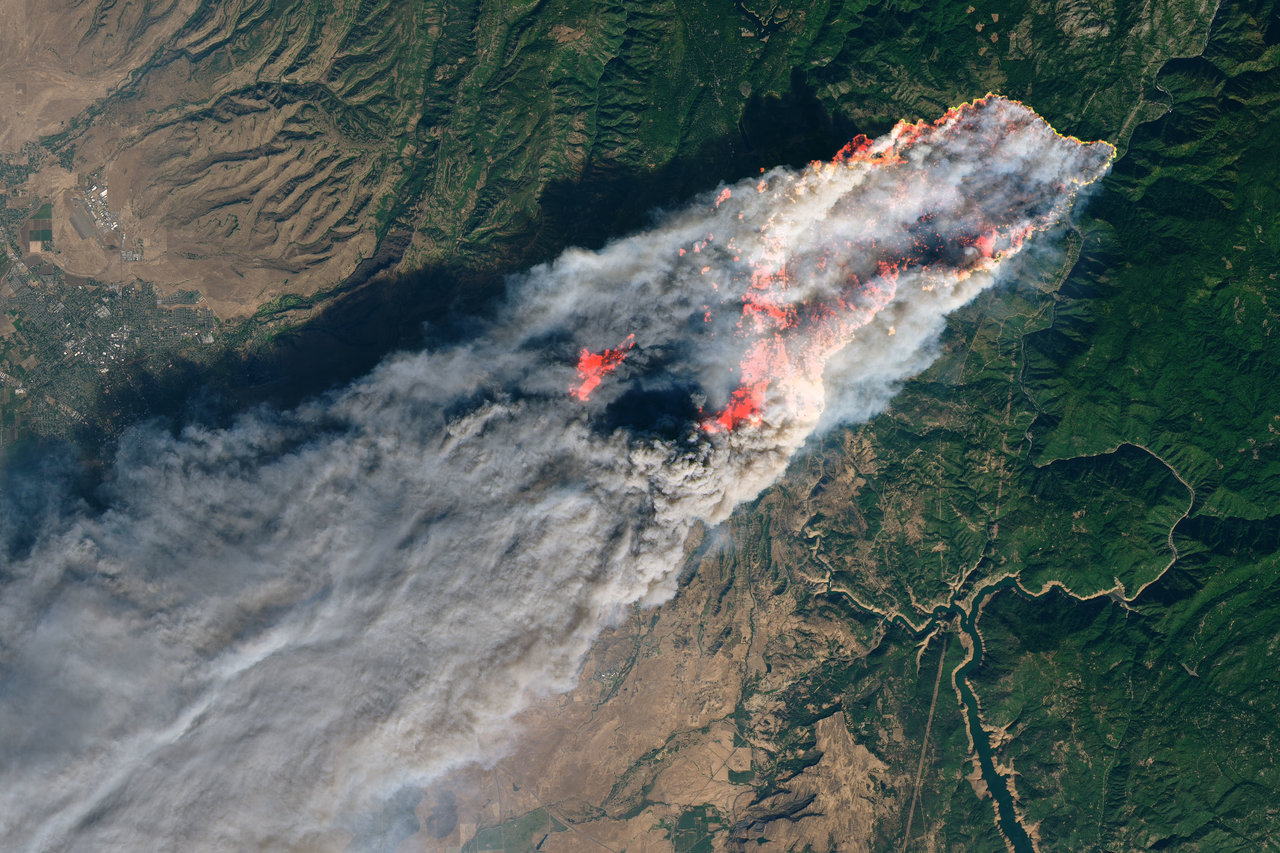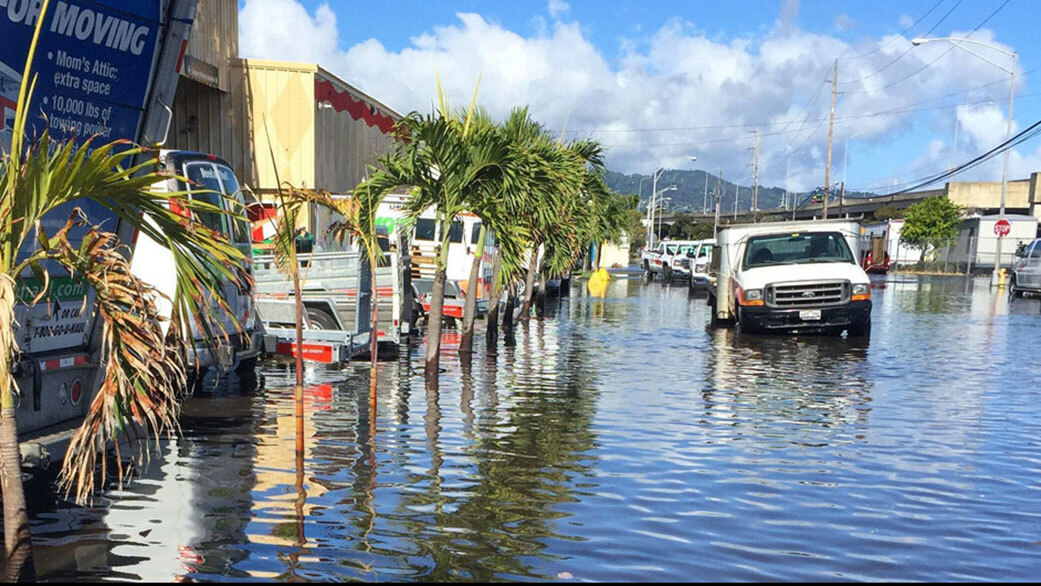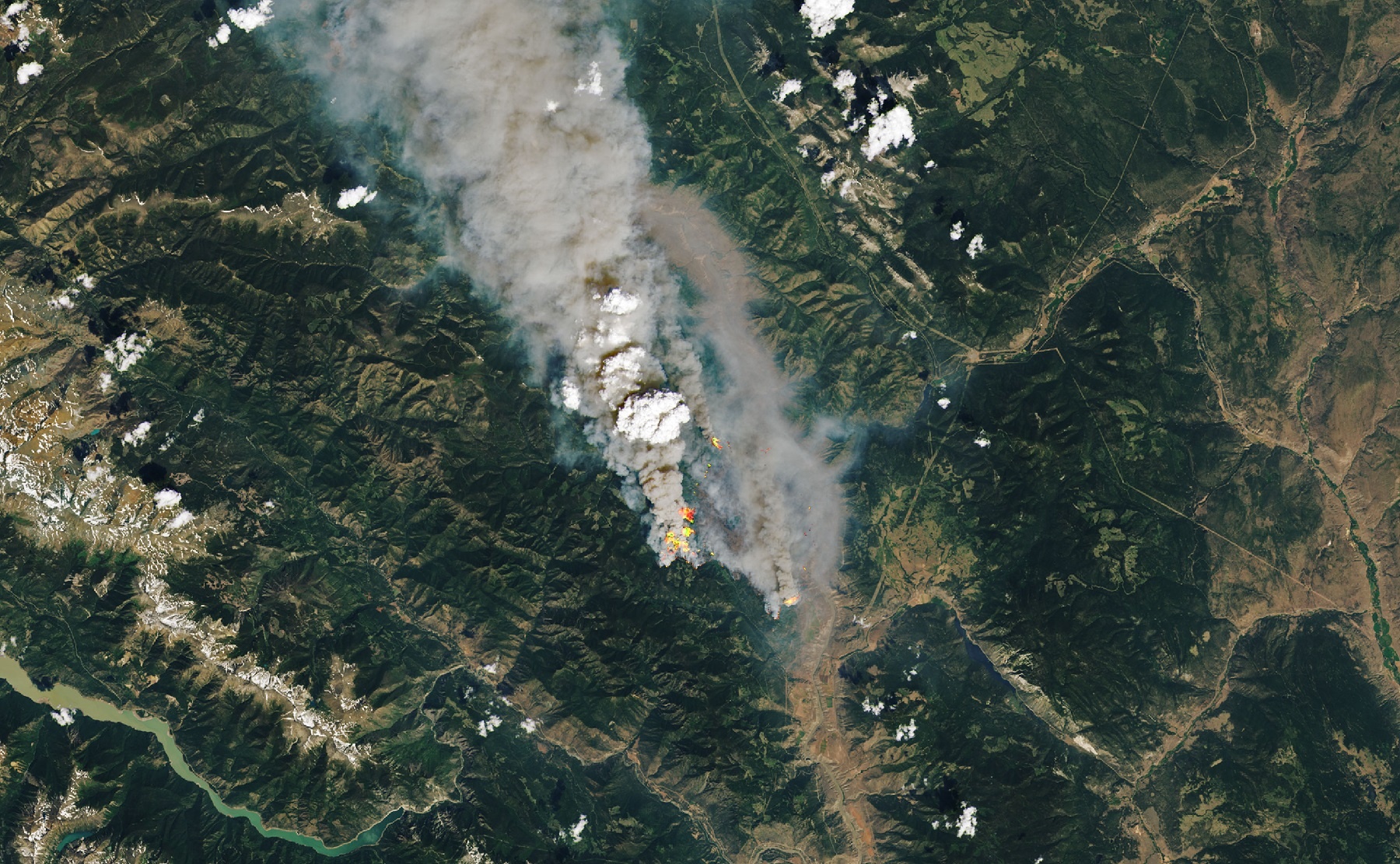The term “cultured meat” has become a bit of a buzzword for the health food industry. This refers to meat produced in a lab using in vitro cell cultures derived from animal proteins. For many, this “alternative meat” is vital to combatting climate change by removing one of the chief causes of deforestation (making room for cattle ranches) and global warming (bovine methane emissions). For others, it’s an environmentally-friendly way of ensuring food security in an era of climate change.
But what about as a means of feeding astronauts on long-duration missions or living for extended periods beyond Earth? In this case, cultured meat would be a way of fulfilling the dietary needs of astronauts who would otherwise be entirely dependent on vegetable proteins. The possibility is currently being explored by the European Space Agency (ESA) and could be a game-changer for future missions to the Moon, Mars, and beyond!
Continue reading “Cultured Meat Could Keep Astronauts fed in Space”
